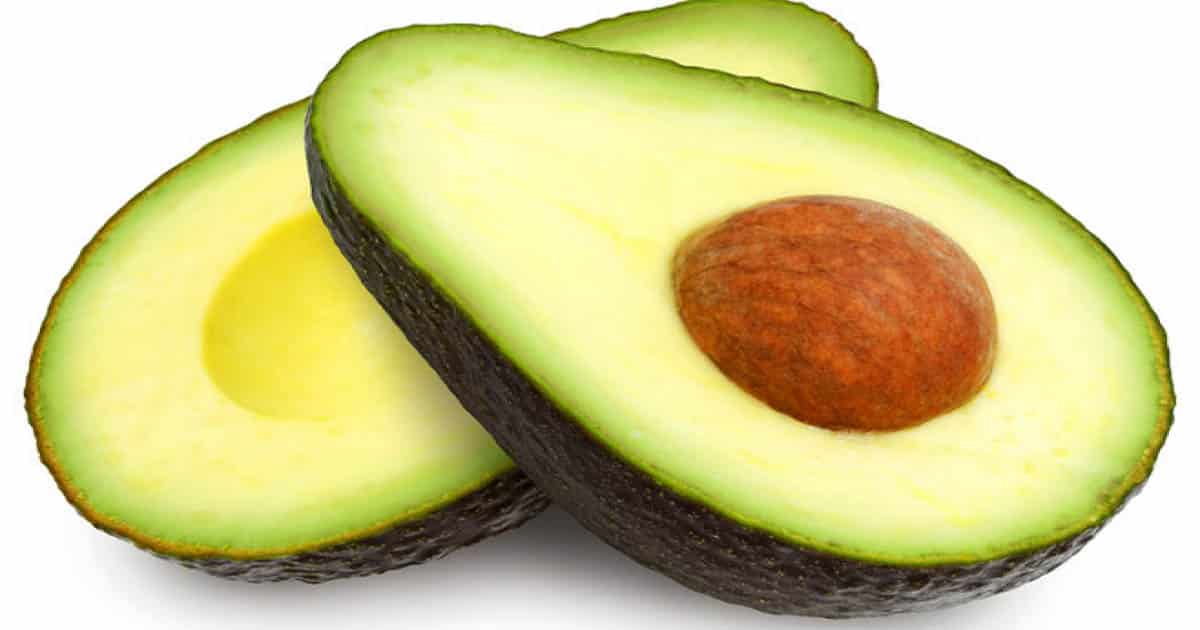The abdominal muscles are located between the ribs and pelvis on the surface of the body. They support storage compartments, allow growth, and hold organs in place by channeling inward abdominal tension.
Consult with your PCP, physiotherapist or sports doctor for accurate assessment and treatment of abdominal muscle wounds.
Abdominal Muscles Clarified
The four fundamental abdominal muscle bundles that work in concert to cover internal organs include:
- Transversus abdominis is an unfathomably intricate muscle layer. Its primary purpose is to secure storage compartments and manage inward abdominal pressure.
- rectus abdominis muscle lies between ribs and pubic bone at the front of pelvis and when contracted gives the signature knocks or lumps known as six pack abs. Its primary role is moving the body between ribcage and pelvis.
- Outside angled muscles – These lie on either side of the rectus abdominis. They allow storage compartment to bend toward either outer sideways contracting; for instance, right outer sideways contracting can turn body to left.
- Inward diagonal muscles – located just inside the hipbones, inward diagonal muscles lie adjacent to rectus abdominis and work in a manner opposite that of outer diagonal muscles; for instance, shifting storage compartment leftward requires both left inward sideways and right outside diagonal to contract simultaneously.
Center Muscles
Consider your center as a strong connecting link between the chest area and lower body. Achieving balance requires having strong abdominals and backs working together in concert to support our spine when we sit, stand, twist around, get things or exercise – to name but a few activities! Without strong core muscles there would be no movement whatsoever!
Your core muscles consist of those muscles found deep within your abdomen and back that attach directly to either the spine or pelvis, such as transversus abdominis, pelvic floor muscles and diagonals.
One muscle which assists with moving the storage compartments is the multifidus – a deep back muscle running along the spine that works in concert with transversus abdominis to maintain spinal stability and protect against back strain during development or everyday standing activities. Engaging an experienced holistic wellbeing expert for appropriate center fortifying strategies can ensure these muscle groups function at full potential.



